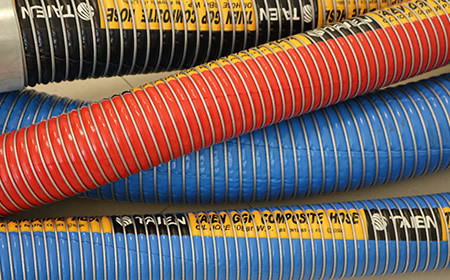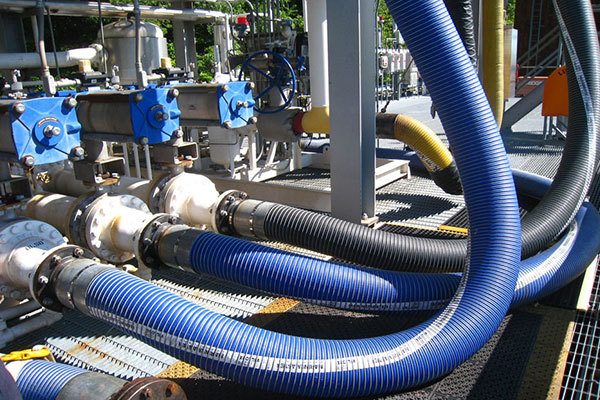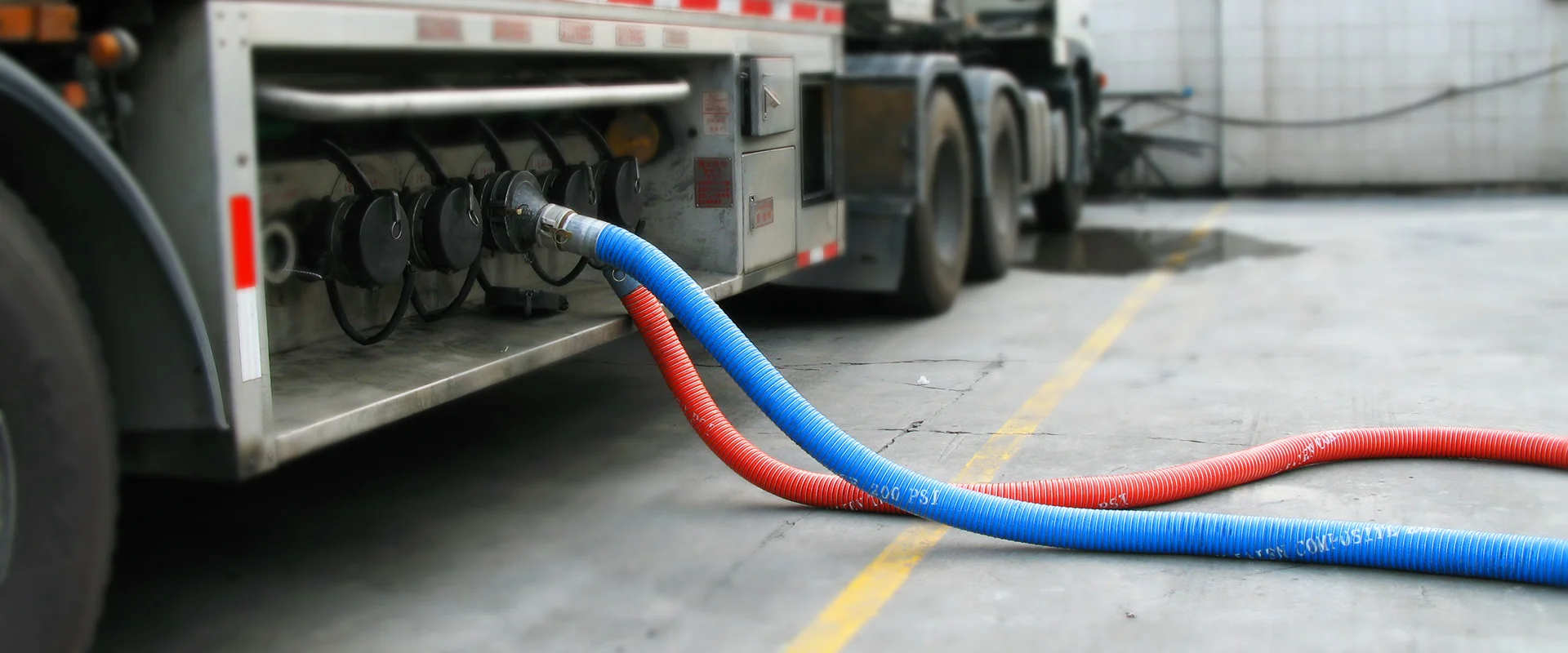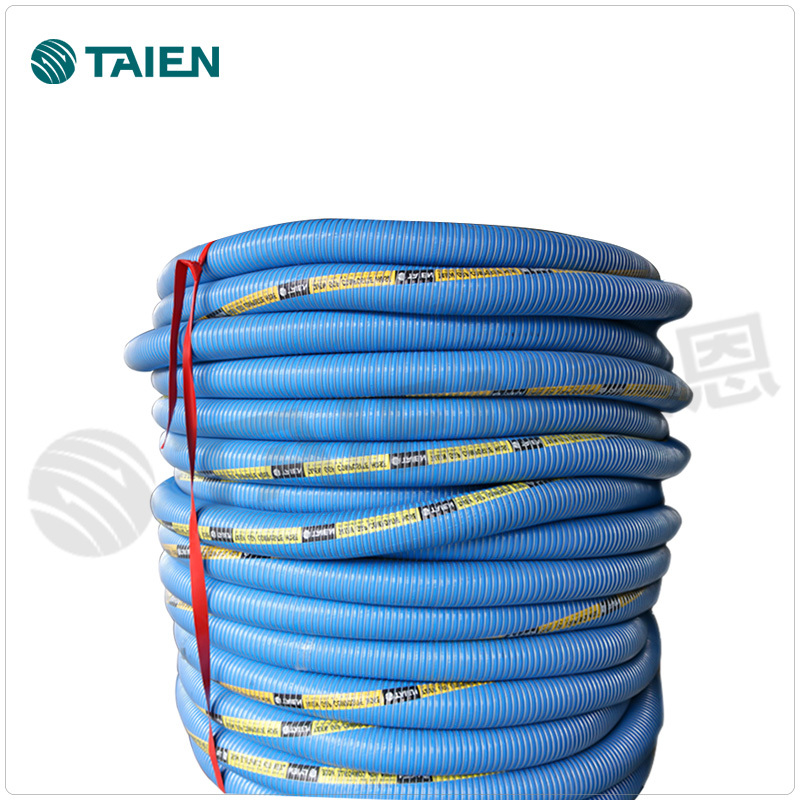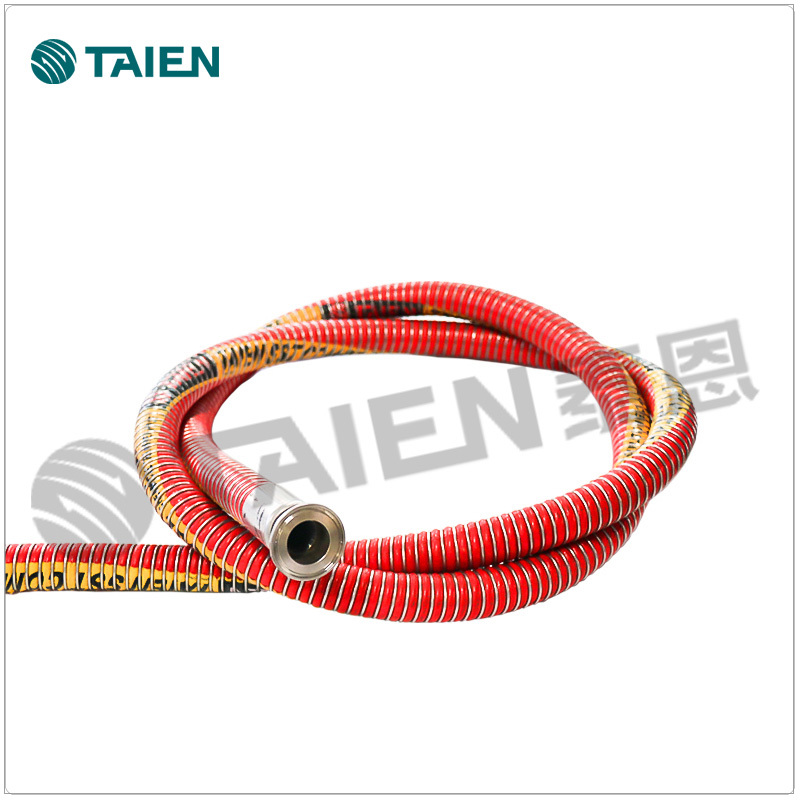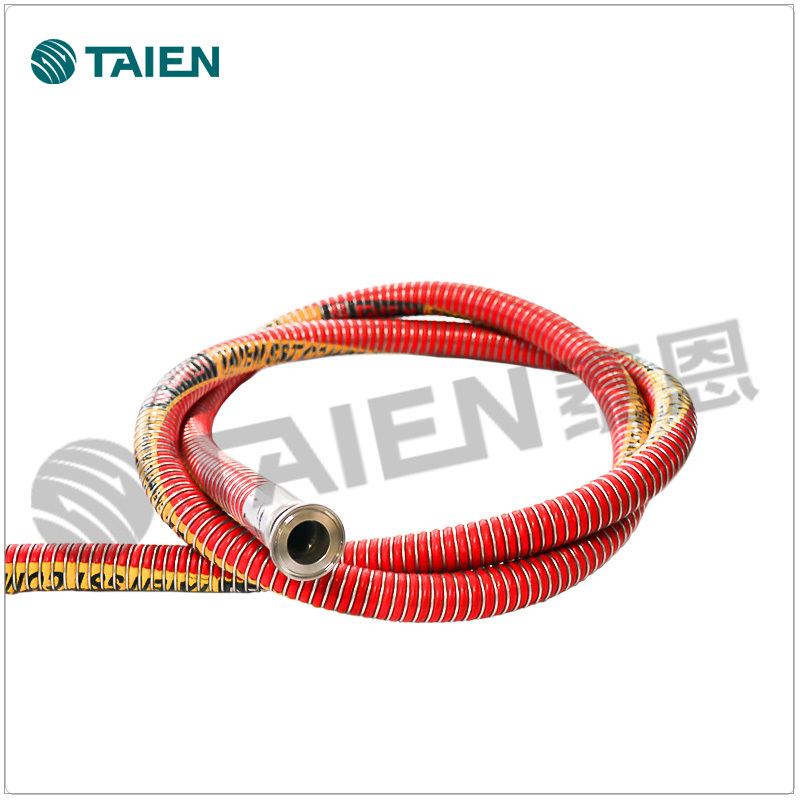How to Choose Between Flexible and Rigid Discharge Hoses: A Comprehensive Guide
Release time:
2025-07-01
Author:
Source:
Abstract
How to Choose Between Flexible and Rigid Discharge Hoses: A Comprehensive Guide
Table of Contents
1. Introduction
2. Understanding Discharge Hoses
3. Flexible vs. Rigid Hoses: Key Differences
4. Advantages of Flexible Discharge Hoses
5. Benefits of Rigid Discharge Hoses
6. Application Considerations for Hose Selection
7. Cost Factors in Hose Selection
8. Maintenanc
How to Choose Between Flexible and Rigid Discharge Hoses: A Comprehensive Guide
Table of Contents
- 1. Introduction
- 2. Understanding Discharge Hoses
- 3. Flexible vs. Rigid Hoses: Key Differences
- 4. Advantages of Flexible Discharge Hoses
- 5. Benefits of Rigid Discharge Hoses
- 6. Application Considerations for Hose Selection
- 7. Cost Factors in Hose Selection
- 8. Maintenance and Durability
- 9. Conclusion
- 10. Frequently Asked Questions
1. Introduction
In industrial applications, choosing the right discharge hose is critical for ensuring efficiency and reliability. The decision often boils down to selecting between **flexible** and **rigid discharge hoses**. Both types offer unique advantages and disadvantages depending on the specific requirements of your operation. In this comprehensive guide, we aim to provide you with the necessary insights to make an informed choice.
2. Understanding Discharge Hoses
Discharge hoses are integral components in various industries, including agriculture, construction, and manufacturing. They are designed to transfer fluids—be it water, chemicals, or slurry—from one location to another. Understanding the properties that differentiate flexible and rigid hoses is crucial for selecting the right one for your needs.
What Are Flexible Discharge Hoses?
Flexible discharge hoses are made from pliable materials such as rubber or thermoplastics. They are designed to bend and twist around obstacles, making them ideal for applications requiring mobility and adaptability. Their flexibility allows for easier handling and installation, especially in tight spaces.
What Are Rigid Discharge Hoses?
On the other hand, **rigid discharge hoses** are typically constructed from materials like PVC or metal. These hoses maintain their shape and provide a sturdy framework for fluid transport. Rigid hoses are generally used in applications where fluid flow needs to be controlled precisely, often in stationary setups.
3. Flexible vs. Rigid Hoses: Key Differences
When comparing flexible and rigid discharge hoses, several factors come into play:
1. Material Composition
Flexible hoses are often crafted from rubber and thermoplastics, which give them their bendable properties. Rigid hoses, however, are made from harder materials, providing them with structural integrity.
2. Bend Radius
Flexible hoses can easily curve around corners and obstacles, while rigid hoses require more space for installation and movement.
3. Connection Types
Flexible hoses usually incorporate quick-connect fittings, allowing for faster assembly and disassembly. Rigid hoses often utilize threaded connections that provide a more secure but less immediate solution.
4. Weight
Flexible hoses are lighter and easier to transport compared to their rigid counterparts, which can be heavy and cumbersome.
4. Advantages of Flexible Discharge Hoses
Flexible discharge hoses offer numerous benefits, making them a popular choice in various applications.
1. Enhanced Mobility
The primary advantage of flexible hoses is their mobility. They can easily adapt to various configurations, allowing for quick adjustments in setup.
2. Reduced Risk of Breakage
Flexible hoses are less likely to break under stress, as they can bend rather than snap when subjected to pressure. This reduces downtime and maintenance costs.
3. Easy Installation
Thanks to their lightweight nature and flexible design, these hoses can be installed quickly and with minimal effort.
5. Benefits of Rigid Discharge Hoses
While flexible hoses have their strengths, rigid hoses also provide distinct advantages.
1. Superior Durability
Rigid hoses are generally more robust and can withstand high pressures and harsh chemical environments better than flexible hoses.
2. Consistent Flow Rates
Because they maintain their shape, rigid hoses provide more predictable and controlled flow rates, making them ideal for precise applications.
3. Long-Term Cost Efficiency
Although initial investment costs may be higher, the durability of rigid hoses often makes them more cost-effective over their lifespan.
6. Application Considerations for Hose Selection
When deciding between flexible and rigid discharge hoses, consider the following application factors:
1. Nature of the Fluid
Understanding the type of fluid being moved is crucial. Chemical compatibility, temperature, and viscosity play significant roles inhose selection.
2. Environment
Assess the working environment where the hoses will be used. Will they be exposed to extreme temperatures, UV rays, or corrosive substances? Rigid hoses may be more suitable for harsher conditions.
3. Space Constraints
Evaluate the available space for installation. If your setup involves tight corners or limited space, flexible hoses may be the better option.
7. Cost Factors in Hose Selection
Cost is a significant consideration when choosing between flexible and rigid discharge hoses.
1. Initial Investment
Flexible hoses typically have a lower upfront cost, making them an attractive option for budget-conscious projects. Rigid hoses often require a higher initial investment due to their material costs.
2. Long-Term Expenses
Consider maintenance costs, potential downtime, and replacement frequency when calculating long-term expenses. Rigid hoses may be more expensive to install but could save you money in the long run due to their durability.
8. Maintenance and Durability
Proper maintenance can extend the life of both flexible and rigid discharge hoses.
1. Maintenance for Flexible Hoses
Flexible hoses should be inspected regularly for wear and tear. Look for cracks, splits, or bulges. Cleaning the outside of the hose can also prolong its life.
2. Maintenance for Rigid Hoses
Rigid hoses require less frequent maintenance but should still be checked for leaks and corrosion. Ensure that fittings and connections are secure to prevent fluid loss.
9. Conclusion
Choosing between flexible and rigid discharge hoses is a significant decision that can impact the efficiency and effectiveness of your operation. Understanding their unique advantages, application considerations, and maintenance requirements will help you make a more informed choice. By assessing your specific needs—such as fluid type, environmental conditions, and space constraints—you can select the hose that best meets your requirements.
10. Frequently Asked Questions
1. What is the primary difference between flexible and rigid discharge hoses?
The primary difference lies in their material composition: flexible hoses are pliable and can bend easily, while rigid hoses maintain their shape and offer more structural integrity.
2. Which type of hose is better for high-pressure applications?
Rigid discharge hoses are generally preferred for high-pressure applications due to their durability and ability to maintain consistent flow rates.
3. Can flexible hoses be used for chemical transport?
Yes, many flexible hoses are designed for chemical transport; however, it is essential to check the compatibility of the hose material with the specific chemicals being used.
4. How do I maintain my discharge hoses?
For flexible hoses, inspect regularly for wear and tear, while rigid hoses should be checked for leaks and corrosion. Proper cleaning and secure fittings can extend their lifespan.
5. What factors should I consider when choosing a discharge hose?
Consider the nature of the fluid, environmental conditions, space constraints, maintenance requirements, and cost factors when selecting a discharge hose.
By following this comprehensive guide, you will be equipped with the knowledge to make an informed decision on whether flexible or rigid discharge hoses are best suited for your operations.
Recommended Reading







